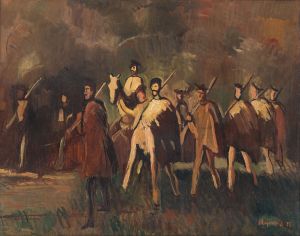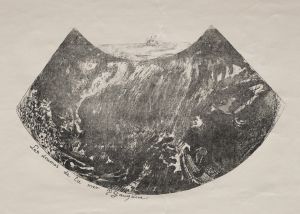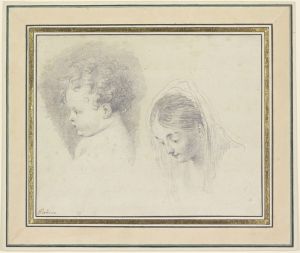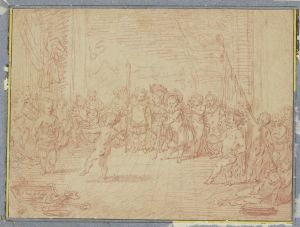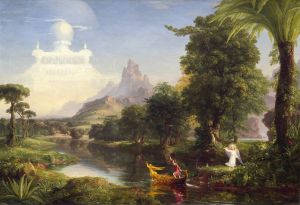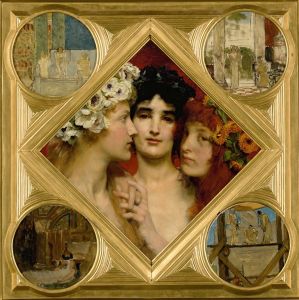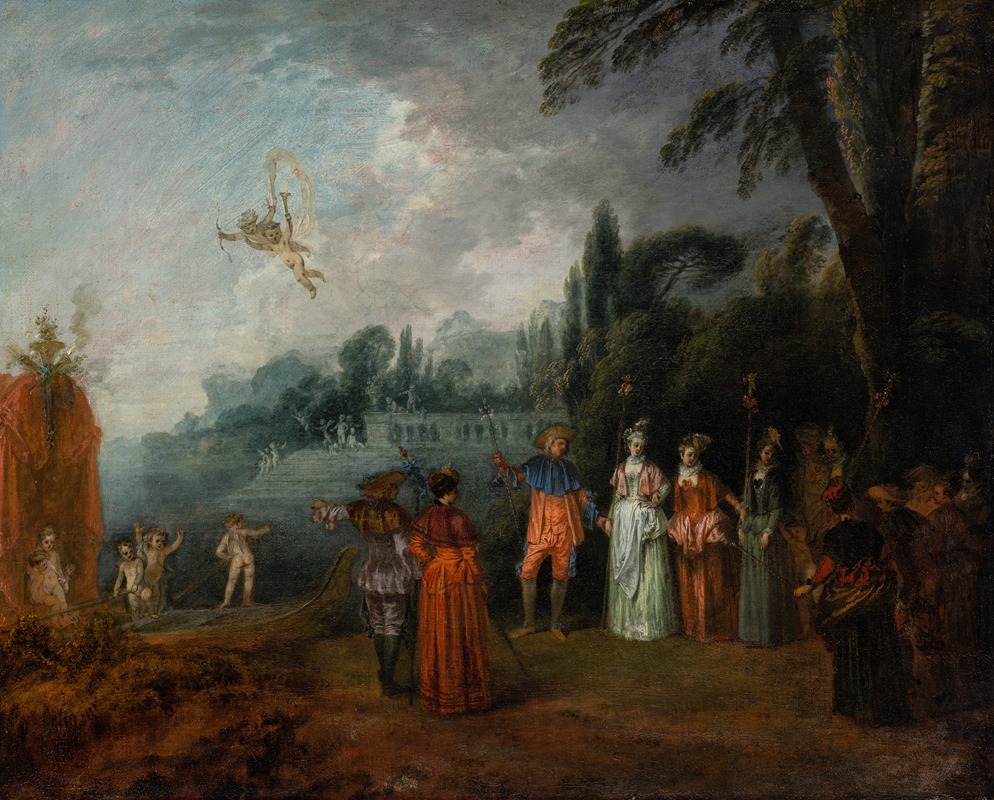
The Embarkation for Cythera
A hand-painted replica of Jean-Antoine Watteau’s masterpiece The Embarkation for Cythera, meticulously crafted by professional artists to capture the true essence of the original. Each piece is created with museum-quality canvas and rare mineral pigments, carefully painted by experienced artists with delicate brushstrokes and rich, layered colors to perfectly recreate the texture of the original artwork. Unlike machine-printed reproductions, this hand-painted version brings the painting to life, infused with the artist’s emotions and skill in every stroke. Whether for personal collection or home decoration, it instantly elevates the artistic atmosphere of any space.
Jean-Antoine Watteau's "The Embarkation for Cythera" is a celebrated masterpiece of French Rococo art, painted in 1717. This work is renowned for its delicate portrayal of an amorous pilgrimage to the mythical island of Cythera, which was believed to be the birthplace of Venus, the goddess of love. The painting is a quintessential example of Watteau's innovative style, which combined elements of realism and fantasy, and it played a significant role in the development of the fête galante genre.
The painting depicts a group of elegantly dressed figures, who are either preparing to embark or have just arrived on the idyllic island. The scene is set in a lush, dreamlike landscape, characterized by soft, diffused light and a gentle, pastel color palette. Watteau's use of color and light creates a sense of ethereal beauty and romanticism, which is further enhanced by the graceful poses and expressions of the figures.
One of the most striking features of "The Embarkation for Cythera" is its composition. Watteau employs a fluid, diagonal arrangement that guides the viewer's eye through the scene, from the foreground figures to the distant horizon. This dynamic composition, combined with the artist's delicate brushwork, imbues the painting with a sense of movement and spontaneity. The figures appear to be caught in a fleeting moment of joy and intimacy, reflecting the transient nature of love and beauty.
The painting is notable for its ambiguity and open-ended narrative. It is unclear whether the figures are arriving at or departing from Cythera, and this ambiguity invites viewers to interpret the scene in various ways. Some art historians suggest that the painting represents the fleeting nature of love, while others view it as a celebration of the pleasures of life and the pursuit of happiness.
"The Embarkation for Cythera" was submitted by Watteau as his reception piece for the Académie Royale de Peinture et de Sculpture in 1717. It was a significant achievement for the artist, as it marked his acceptance into the prestigious institution and established his reputation as a leading painter of his time. The painting was well-received by his contemporaries and has since been regarded as one of Watteau's masterpieces.
Today, "The Embarkation for Cythera" is housed in the Louvre Museum in Paris, where it continues to captivate audiences with its enchanting depiction of love and beauty. The painting's influence can be seen in the works of later artists, who were inspired by Watteau's innovative approach to composition, color, and subject matter. As a seminal work of the Rococo period, "The Embarkation for Cythera" remains an enduring testament to Watteau's artistic genius and his contribution to the development of French art.





